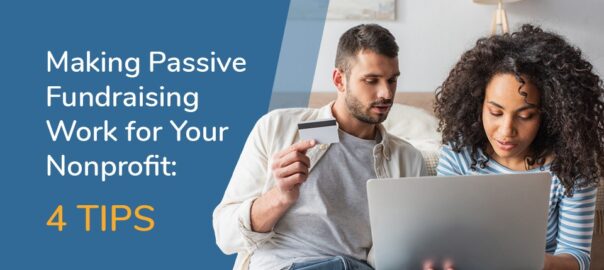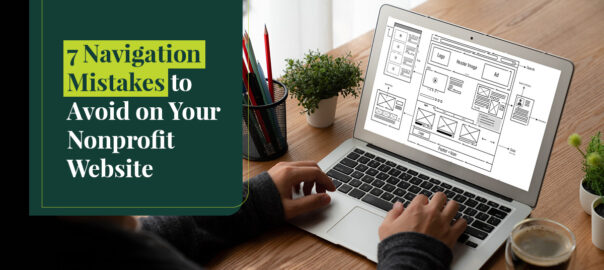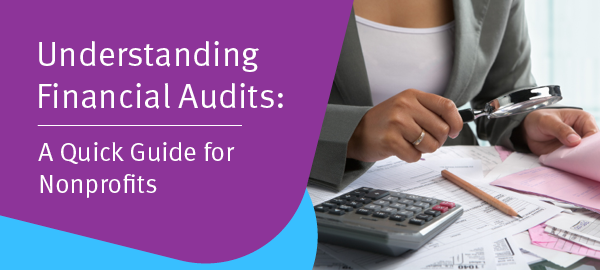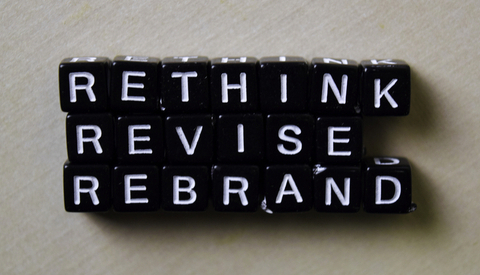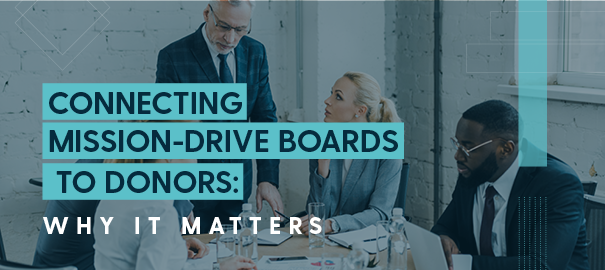Your donors and your board members might seem like completely disconnected groups in your organization. While your board is a small but powerful team that steers the direction of your organization, your donors are a vast collection of individuals that pitch in to empower your fundraising campaigns and keep your organization afloat.
However, your board members and your donors are actually two sides of the same coin. In particular, both groups help propel your mission forward, represent your values, and raise awareness for your cause. But if that’s the case, then why do these groups tend to rarely work together?
Encouraging a sustainable relationship between your board members and your donors is an excellent way to boost engagement and improve your public image. Donors want to feel more involved with your organization, and a connection with your board members offers them a glimpse into the inner workings of your organization. Similarly, it’s helpful for board members to get to know your donor base and understand how to work together.
Overall, establishing some familiarity between your board members and your donors has several key benefits, including:
Fortunately for many causes, the framework to make these relationships possible is already in place. All you need to do is to extend the invitation. You might be surprised to learn that your board members and donors are eager to get to know one another.
Plus, connecting your board members with your donors might help to increase overall board engagement and could raise more donations, which will benefit your organization as a whole.
Establishing a strong community.
No matter the size of your nonprofit, building a community within your organization is important. A strong community means that your supporters are more likely to spread the word about your mission, keep one another informed about updates, and attend upcoming events.
Establishing a sense of community among your board and then a separate community among your donors has its own benefits. A united board is more productive and more comfortable sharing new ideas, while effectively engaging donors and creating meaningful donor relationships increases the chance of these supporters becoming major contributors.
If a strong community already brings several assets to your board and your donors, a connection between the two groups would bring even greater advantages to your organization. Here are some ways to establish a better relationship between your board members and your donors:
- Dinner parties: If your board members and some donors have briefly met before, consider inviting them to a dinner party at your facility. They can get to know each other in a relaxed atmosphere.
- Mixers: Want to get lots of donors to interact with your board members? A mixer can be an effective way to kickstart the relationship between interested donors and your board members.
- Outdoor activities: Especially if your organization is nature-focused, an outdoor activity or event, such as hiking or a picnic, is a cost-effective and fun way to engage your board members and your donors.
- Volunteer events: Several of your donors or board members might already volunteer with your organization, but hosting a specific volunteer day or weekend for donors and board members will give both groups the chance to meet and chat, all while furthering your cause.
- Team building exercises: Organizing a team-building activity is a great way to reinforce the idea that your board members and your donors are working toward the same goal. Try an escape room, an obstacle course, or a scavenger hunt to encourage your board members and your donors to work together.
Creating a community among your board members and your donors requires time and effort, but with so many long-term benefits for fundraising, donor retention, and board engagement, the extra work is well worth it.
Encouraging deeper involvement.
Stronger bonds across different sections of your organization can encourage your supporters to attend a wider variety of events. For example, if your donors have had positive experiences with your board members and with your volunteers, they will likely want to attend events with both groups.
By building a stronger community between your board members and your donors, you can simultaneously encourage both groups to get more involved. For this reason, connecting these two groups is crucial for sustainable participation.
Additionally, you could design programs specifically aimed at creating opportunities for donors and board members to work together. Some collaboration ideas include:
- Partner programs between donors and board members: For your local donors, design a partner program where you pair a donor and a board member together. The partners could brainstorm ideas for an upcoming event or lead a volunteer training program.
- Donor input at board meetings: Create an online feedback form where donors can contribute ideas for your organization to further its cause, and then set aside some time at each board meeting to discuss donors’ ideas. Record your discussion in your board’s minutes and make them publicly available to show donors that you’re acting on their ideas.
- Matching gift program: According to 360MatchPro’s matching gift statistics page, more than 18 million people work for companies with matching gift programs. This is a great opportunity for your donors and board members to collaborate and research potential match opportunities, especially if many of your board members and donors happen to work for the same company.
Maintaining board and donor engagement is one of the most challenging aspects of running a mission-driven organization. But by facilitating a working relationship between your board members and your donors with plenty of involvement opportunities, you can effectively engage both groups at once.
Building an open line of communication.
Connecting your board members with your donors also opens an essential line of communication between the individuals who steer your organization and the individuals who make those strategic plans possible.
As your board works on your organization’s long-term goals, they should be interested in your donors’ preferred direction for the future of your organization. Similarly, your donors want to know how their contributions are being used to forward your mission, and sharing this impact can play an important role in enhancing your donor communications.
There are several ways that you could open the line of communication between your board members and your donors. You can:
- Publish your board meeting minutes: Most often, your board members will discuss how to allocate donations, and donors have a right to know this information. Consider publishing a public-facing version of your minutes for your donors to review. This Boardable guide to board meeting minutes can help you record efficient and comprehensive notes that cover all the necessary details your supporters need to know.
- Host Q&A sessions: Invested donors would be delighted to have an evening to ask board members all of their questions about how your organization works and how you’re achieving your mission.
- Involve donors in the board member selection process: It can be hard to determine if a prospective board member is the right person for your organization. Getting some input from donors can help you decide who to involve while simultaneously allowing your donors to play a bigger role in your organization.
Bridging the communication gap between donors and board members can clear up any points of confusion and make it easier to plan for big-picture changes that appeal to all parties. That way, everyone will be on the same page about how to move forward and will appreciate knowing their opinions matter.
Increasing transparency.
Fraud and corruption risk don’t only impact for-profit organizations — they’re a threat to the mission-driven world as well. With this in mind, it’s understandable that your donors will want to know how their money is being spent.
Donors might feel more trusting of your organization if they feel connected to your board members. If you’re transparent about your onboarding process for new members, how your board meetings are run, and what tasks your board handles, your donors will have a better sense of your board’s purpose and your organization’s goals.
Another way to increase transparency between your board and your donors is to publish the results of all voting items after a meeting. This way, your donors can understand what decisions were made and how this will impact your strategy moving forward.
Overall, the more transparency you can offer your donors, the better. Not only does increasing your board’s transparency reduce the distance between board members and donors, but it also ensures that you’re managing your organization honestly and ethically.
Adding a more personal touch.
Because donors naturally outnumber your board members, your donors might feel as though their voices aren’t being heard by your organization’s leaders. When it comes to building lasting relationships with your supporters, you want to show your donors that they are invaluable to your organization.
For this reason, connecting your donors with board members can add a personal touch to the way that you conduct your supporter relations. As you probably know, personalizing your outreach materials and segmenting your donors often leads to higher response, conversion, and retention rates.
So, if personalization can enhance your fundraising and outreach efforts so significantly, why not apply the same personal approach to relationship-building? With these strategies, you can potentially create lasting connections for years to come.
To take a personalized approach to the donor experience, designate a point of contact or two for donors to reach out to with feedback or suggestions. Donors will feel as though they have a direct line for sharing their suggestions. For larger donor bases, you might consider only sharing the contact information with major donors, because an influx of emails or calls can easily overwhelm your board members.
Your board members can also get involved with other aspects of interacting with donors. For instance, they might personally reach out to request donations or say thank you to those who have recently given to deepen those connections even further. No matter your approach, connecting your donors with your board members will naturally personalize each donor’s experience.
Connecting your board members with your donors is a great way to grow your organization’s community, encourage more people to get involved, and give your donors insight into the inner workings of your organization. Although it might take some extra effort to forge these connections, they can propel your organization’s work forward.
Author: Jeb Banner is the founder and CEO of Boardable, a board management software provider for mission-driven boards. He is also the founder of two nonprofits, The Speak Easy and Musical Family Tree, as well as a board member of United Way of Central Indiana and ProAct. Jeb is based in Indianapolis, Indiana.

